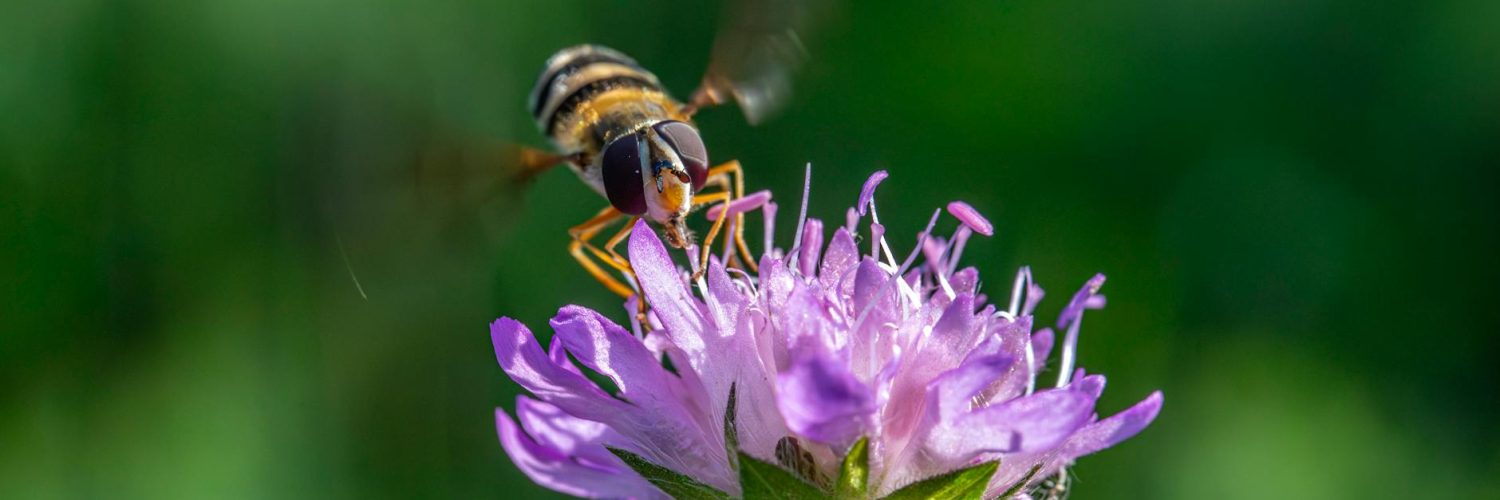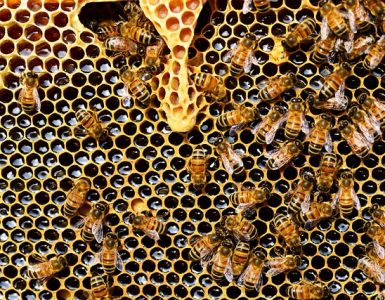Ever feel like you’ve got a pretty good grasp on the world? Think again. Even the most commonplace things harbor surprising secrets, wacky connections, and outright bizarre facts. Let’s ditch the dusty encyclopedia and dive into some expected facts, presented unexpectedly, spiced with a dash of the truly weird.
The Surprisingly Sentient Seashell
We all know seashells are the discarded homes of sea creatures. But did you know that the spiral shape of many seashells isn’t random? It’s a mathematical marvel, often following the Fibonacci sequence – a pattern found everywhere from sunflowers to galaxies. This isn’t just pretty; it’s incredibly efficient for shell construction. Think of it as nature’s perfectly optimized 3D printing.
The Unexpectedly Explosive Banana
Bananas are, undeniably, a fruit. But did you know that, under the right (or rather, wrong) conditions, they can spontaneously combust? It’s rare, but the high concentration of natural sugars in a ripening banana can, if improperly stored (think large piles in poorly ventilated areas), undergo fermentation and generate enough heat to ignite. This is not an invitation to start a banana bonfire, however.
The Clumsy, But Clever, Octopus
Octopuses are masters of camouflage and escape artists, but their intelligence goes far beyond that. They’re problem-solvers extraordinaire, capable of opening jars, navigating mazes, and even recognizing individual humans. And the best part? They can use tools! Some species have been observed using coconut shells as shelters, showcasing a level of planning and forethought rarely seen in invertebrates.
The Secret Life of Clouds
We all look up at clouds and see whimsical shapes, but the science behind them is anything but whimsical. Clouds are formed from millions of tiny water droplets or ice crystals, all jostling in the air. And, here’s a twist: the way clouds form influences everything from local weather patterns to global climate. Each cloud type tells a unique story about the atmosphere’s current condition.
The Surprisingly Social Sleepwalker
Sleepwalking, often associated with solitary nighttime strolls, can sometimes involve social interactions. While most sleepwalkers are unaware of their actions, some have been known to engage in seemingly normal conversations, even drive cars (though we strongly advise against that!). Brain imaging studies are uncovering the mysteries behind this bizarre phenomenon, revealing complex interactions between different brain regions during sleep.
The Unlikely Connection Between Coffee and Chocolate
Both coffee and chocolate come from seeds – coffee beans and cacao beans. But the similarities don’t stop there. Both contain caffeine (though chocolate has considerably less), and both involve complex fermentation processes in their production. The stimulating properties of both have been used for centuries, suggesting an almost parallel evolution in human appreciation of these caffeinated wonders.
The Surprisingly Resilient Human Body
We often focus on our body’s weaknesses; but it’s incredibly resilient. Consider your liver, a powerhouse of regeneration that can recover from significant damage. Or think about your skin, constantly renewing itself, creating a protective barrier against the outside world. We’re walking, talking biological repair kits!
The Unseen World of Microscopic Life
Take a close look at almost anything – your skin, your food, even the air you breathe – and you’ll find a teeming world of bacteria, fungi, and other microorganisms. Most of these are harmless, some are beneficial, and a few can be harmful. But this microscopic ecosystem plays a pivotal role in everything from digestion to nutrient cycling, showcasing the intricate web of life that surrounds us.
The Mystique of the Placebo Effect
The placebo effect, where a fake treatment can produce real results, is one of medicine’s most intriguing mysteries. While the exact mechanisms are still under investigation, it’s clear the power of belief and expectation plays a significant role in healing. This is more than just mind over matter – it involves complex interactions between the brain, the nervous system, and the body’s immune response. The Surprisingly Familiar: Unpacking Everyday Enigmas
The Unexpectedly Diverse World of Trees
Trees are more than just tall, sturdy plants. They communicate with each other through underground fungal networks, share resources, and even warn each other of impending dangers. Different tree species exhibit unique adaptations, from drought resistance to fire tolerance, shaping the landscapes they inhabit. It’s a complex, interconnected world hidden beneath the leafy canopy.
The Mathematical Magic of Honeycomb
Honeybees construct their honeycombs using hexagonal cells. It’s not just an aesthetic choice; it’s a mathematical masterpiece. The hexagon is the most efficient shape for storing honey while minimizing the amount of wax used. It’s nature’s perfect geometry lesson.
The Astonishing Adaptability of Animals
Animals consistently amaze us with their ability to adapt to their environments. Think of the chameleon, a master of camouflage, or the arctic fox, whose thick fur keeps it warm in freezing temperatures. These adaptations aren’t just about survival; they’re testaments to the power of natural selection and evolution.
The Silent Symphony of the Forest
Forests aren’t just visually stunning; they’re full of subtle soundscapes. Listen closely, and you’ll hear the rustling leaves, the chirping insects, the calls of birds – a complex acoustic tapestry woven from the sounds of hundreds of species. This soundscape plays a critical role in animal communication and ecosystem dynamics.
The Unexpectedly Electric World
Electricity is everywhere, not only in our homes but also in nature. Lightning is a dramatic example, but even plants generate small electrical signals. These signals can play a role in plant communication and defense mechanisms. Our world is far more electrically charged than we often realize.
So, the next time you encounter something seemingly ordinary, take a moment to consider the hidden complexities and unexpected connections. The world is full of fascinating surprises, waiting to be discovered, one seemingly familiar fact at a time.

























Add comment